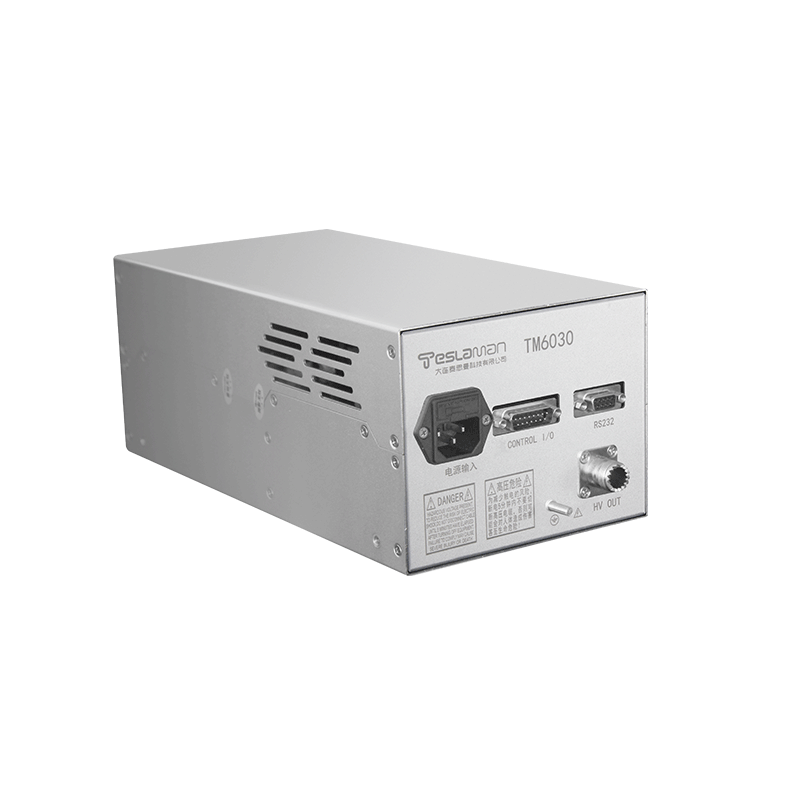Application and Research of High-Voltage Power Supplies in Nuclear Medicine Diagnosis
In the field of modern medicine, nuclear medicine diagnosis, as an important diagnostic technology, provides crucial information for the early diagnosis and treatment of diseases with its unique advantages. The high-voltage power supply, as a key component of nuclear medicine diagnostic equipment, plays an indispensable role in the entire diagnostic process.
Nuclear medicine diagnosis mainly obtains information through the distribution and metabolism of radionuclide-labeled drugs in the body. The generation and detection of radionuclides cannot be achieved without the support of high-voltage power supplies. In the production equipment of radionuclides, the high-voltage power supply provides the required high voltage for the accelerator, enabling particles to be accelerated to sufficient energy to undergo nuclear reactions with the target material, thus generating radionuclides. Stable and precise output of the high-voltage power supply is a key factor in ensuring the yield and quality of radionuclides.
In nuclear medicine diagnostic equipment such as PET (Positron Emission Tomography) and SPECT (Single Photon Emission Computed Tomography), high-voltage power supplies are used in the detector system. The photomultiplier tubes in the detector require a stable high voltage to achieve the conversion and amplification of photons into electrons. The stability of the high-voltage power supply directly affects the sensitivity and resolution of the detector, and thus the quality of the images and the accuracy of the diagnosis. If there are fluctuations or noise in the high-voltage power supply, it will lead to instability of the detector output signal, resulting in artifacts in the images and reducing the reliability of the diagnosis.
In addition, with the continuous development of nuclear medicine diagnostic technology, higher requirements are put forward for the performance of high-voltage power supplies. On the one hand, higher voltage output is needed to meet the requirements of new detectors and accelerators; on the other hand, the high-voltage power supply is required to have a faster response speed and higher precision to meet the needs of rapid dynamic imaging and accurate measurement. To meet these needs, researchers are constantly exploring new high-voltage power supply technologies, such as the use of high-frequency switching power supply technology and digital control technology, to improve the performance and reliability of high-voltage power supplies.
In the future, with the further popularization and development of nuclear medicine diagnostic technology, the high-voltage power supply, as a key supporting technology, will play an even more important role in improving diagnostic accuracy and expanding the scope of application. The research and improvement of high-voltage power supplies will also continue to meet the ever-changing clinical needs and technical challenges.




















